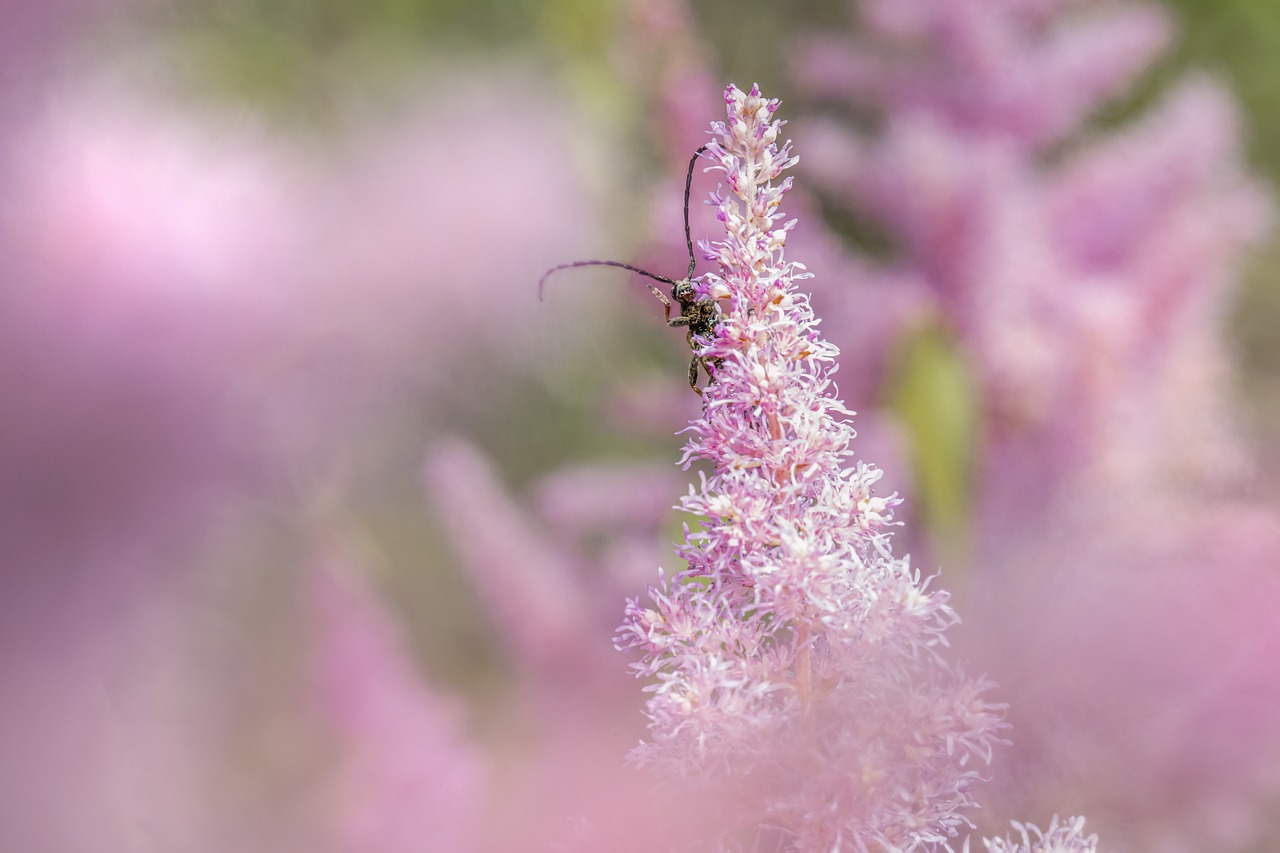The Cardinal Beetle refers to beetles in the family Pyrochroidae, particularly in the genus Pyrochroa. The most commonly known species are the Red-headed Cardinal Beetle (Pyrochroa serraticornis) and the Black-headed Cardinal Beetle (Pyrochroa coccinea). These beetles are named for their bright red coloration, which serves as a warning to predators.
Appearance
- Size: Cardinal beetles typically measure between 10 and 18 millimeters in length.
- Coloration: They are known for their striking bright red bodies. The Red-headed Cardinal Beetle has a red head and red body, while the Black-headed Cardinal Beetle has a black head and red body.
- Body Shape: Their bodies are elongated and somewhat flattened, with soft wing covers (elytra). They have well-developed antennae which can appear serrated.
Habitat
- Preferred Habitats: Cardinal beetles are often found in woodlands, meadows, and hedgerows. They prefer areas with plenty of dead wood and flowering plants.
- Geographic Range: These beetles are commonly found throughout Europe, including the United Kingdom.
Behavior
- Diet: Adult cardinal beetles are predators, feeding on other insects, including aphids and small flies. Larvae are typically found under the bark of dead trees, where they feed on other insects and decaying organic matter.
- Reproduction: Females lay eggs in crevices in dead wood. The larvae develop under the bark, where they remain until they pupate and emerge as adults.
- Predator Avoidance: Their bright red coloration is aposematic, warning predators of their toxicity or unpleasant taste.
Interesting Facts
- Aposematism: The vivid red coloration of cardinal beetles serves as a warning to potential predators, indicating that they may be toxic or unpalatable.
- Larval Habitat: The larvae play an important role in the ecosystem by helping decompose dead wood and recycle nutrients back into the environment.
- Seasonality: Adult cardinal beetles are most often seen during late spring and early summer, when they are actively hunting and mating.
Conservation Status
- Population: Cardinal beetles are not currently considered threatened and are relatively common in their habitats.
- Conservation Efforts: Maintaining healthy woodland ecosystems with ample dead wood and flowering plants helps support their populations.
Identification Tips
- Coloration: Look for the bright red body which is the most distinguishing feature of these beetles.
- Head Color: Note the difference between species; the Red-headed Cardinal Beetle has a red head, while the Black-headed Cardinal Beetle has a black head.
- Antennae: Check the serrated appearance of the antennae, which is characteristic of these beetles.
Summary
The Cardinal Beetle is a distinctive and beneficial predator found in European woodlands and meadows. Its bright red coloration serves as a warning to potential predators and is a key identifying feature. With its role in controlling insect populations and contributing to the decomposition of dead wood, the cardinal beetle is an important species in its ecosystem.
Views: 1545
Subscribe to the newsletter:
